Belonging to the Buchanan Co., Iowa Historical Society and on display at Heartland Acres Agribition Center 2600 Swan lake Blvd. Independence, Iowa. Chronology of the Deere Company indicates that the 1877 Deere & Mansur Company was formed in Moline, Illinois to manufacture corn planters. A separate organization from the similarly named Kansas City branch, will become part of Deere & Company in 1909. The first planter design in 1877 was a horse-drawn 2-row planter. Horse-drawn planters of that era used a sled-style marker to create a grid on the field. The grid ensured uniform rows, which made cross-cultivation easier, keeping the field weed-free. Two people (often a farmer and his son) operated the planter. Parallel lines were etched into the soil on the first pass; lines were then etched at right angles on the second pass. On the third trip, the boy (sitting on the planter-also called “The Dropper”) jerked a lever at each intersection, dropping seeds into the furrow. Wide wheel rims tamped the soil as the planter passed. Check-row planting evolved from the sled era, thus putting the farmer’s young son out of work (on that job, anyway). Early farmers stated ‘when you use horse-drawn equipment, everything is so much quieter-you’re close to the ground; you can smell the soil when you’re working it”. The challenges the early farmers faced were many and prompted many new time-saving inventions. As you can see by the photo, the one on display does have wide wheel rims and a steam bent wooden seat holder with metal seat attached. There are 2 square wooden seed boxes (no lids) and wooden dropper seat on this horse-drawn model. Also on display is a “Farmer’s Friend” horse drawn-2 row corn planter with metal seats and seed boxes.

